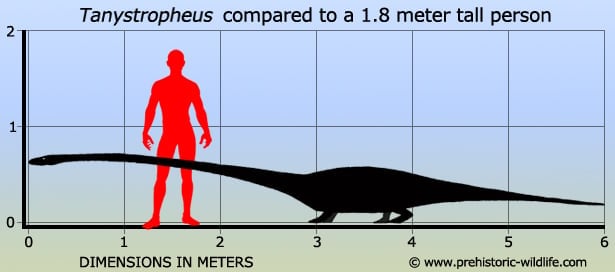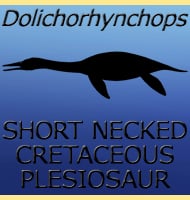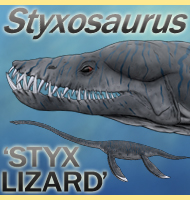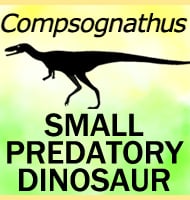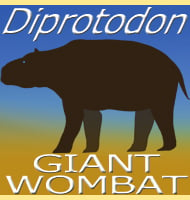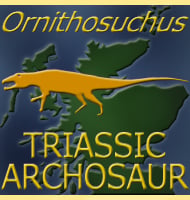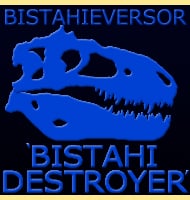In Depth
Taking up half of its total body length, Tanystropheus’s neck is almost inconceivable. Indeed, when Francesco Bassani discovered Tanystropheus remains in 1886 (although he named it Tribelesodon), he conceived the extra long neck vertebrae as the wing bones of a pterosaur. It was not until later that the mistake was realised and Tribelesodon became a synonym of Tanystropheus.
Analysis of Tanystropheus remains and the areas that they are recovered from strongly suggests a life spent on the Triassic shorelines. The teeth are adapted in a way that would enable them to easily snatch marine prey like fish, and the elongated neck would have given it significant each over and under the water. The legs however appear to be more suited for terrestrial locomotion. An interesting feature is that the front legs are shorter than the rear, suggesting that Tanystropheus may have pitched itself forward at the water’s edge for feeding.
For hunting strategy, it is possible that Tanystropheus visited tidal pools that would have been re-stocked with fresh prey items at high tide that would then in turn be trapped in the pools when the tide receded. This would provide a naturally trapped and easily sought out food supply.
In 2006 Dr. Silvio Renesto discovered a specimen in Switzerland that appears to display the impressions of soft tissue. One of the main discoveries here is a skin impression that shows Tanystropheus did not have overlapping scales. The other discovery is a dark impression that suggests that there was a significant development of muscle to the rear of Tanystropheus. This counter weight of muscle would have shifted the centre of mass back allowing the neck to move in a more balanced manner. It may have also had a secondary function of giving Tanystropheus great strength to grip onto shoreline rocks.
Further Reading
– �bersicht �ber die Reptilien der Trias” [Review of the Reptilia of the Triassic] – F. von Huene – 1902. – A new specimen of Tanystropheus (Reptilia Protorosauria) from the Middle Triassic of Switzerland and the ecology of the genus – S. Renesto – 2005. – Tanystropheus longobardicus (Reptilia Protorosauria): Re-interpretations of the anatomy based on new specimens from the Middle Triassic of Besano (Lombardy, northern Italy). – Memorie della Societa Italiana di Scienze Naturali e del Museo Civico di Storia Naturale di Milano. 35 (3). – Stefania Nossotti – 2007. – Tanystropheus cf. T. Longobardicus from the early Late Triassic of Guizhou Province, southwestern China. – Journal of Vertebrate Paleontology. 30 (4): 1082–1089. – Olivier Rieppel, Da-Yong Jiang, Nicholas C. Fraser, Wei-Cheng Hao, Ryosuke Motani, Yuan-Lin Sun & Zuo-Yu Sun – 2009. – Land or water: using taphonomic models to determine the lifestyle of the Triassic protorosaur Tanystropheus (Diapsida, Archosauromorpha). – Palaeobiodiversity and Palaeoenvironments. 98 (2): 243–258. – S. R. Beardmore & H. Furrer – 2017. – Evidences for a semi aquatic life style in the triassic diapsid reptile tanystropheus. – Rivista Italiana di Paleontologia e Stratigrafia (Research in Paleontology and Stratigraphy). 124 (1): N.1 – Silvio Renesto & Franco Saller – 2018. – A taxonomic revision of the genus Tanystropheus (Archosauromorpha, Tanystropheidae). – Palaeontologia Electronica. 22.3.80. – Stephan N.F. Spiekmann & Torsten M. Scheyer – 2019. – Aquatic Habits and Niche Partitioning in the Extraordinarily Long-Necked Triassic Reptile Tanystropheus. – Current Biology. 0 (19): 3889–3895.e2. – Stephan N. F. Spiekman, James M. Neenan, Nicholas C. Fraser, Vincent Fernandez, Olivier Rieppel, Stefania Nosotti & Torsten M. Scheyer – 2020.
